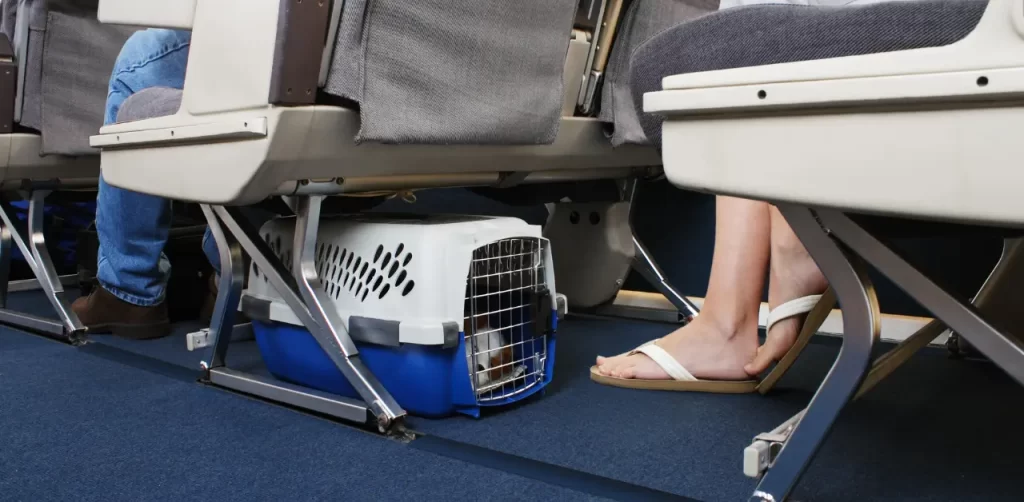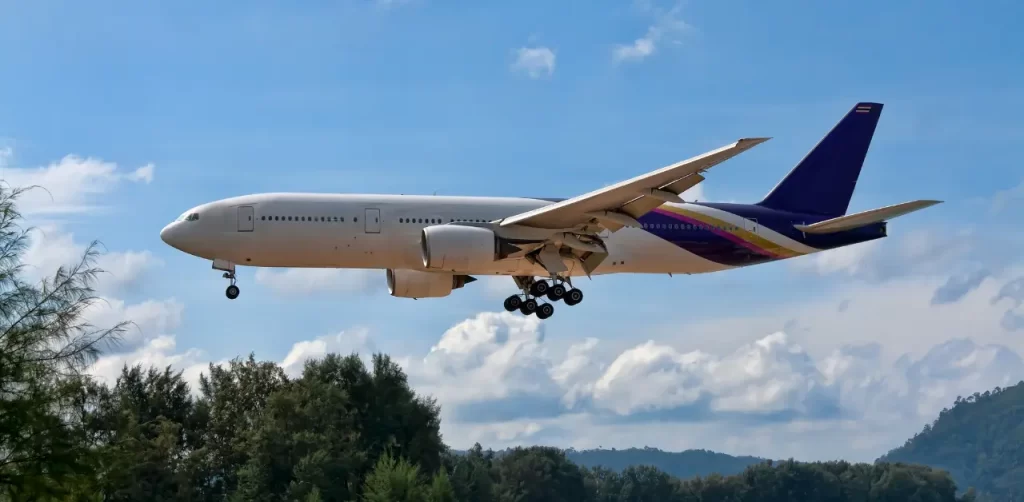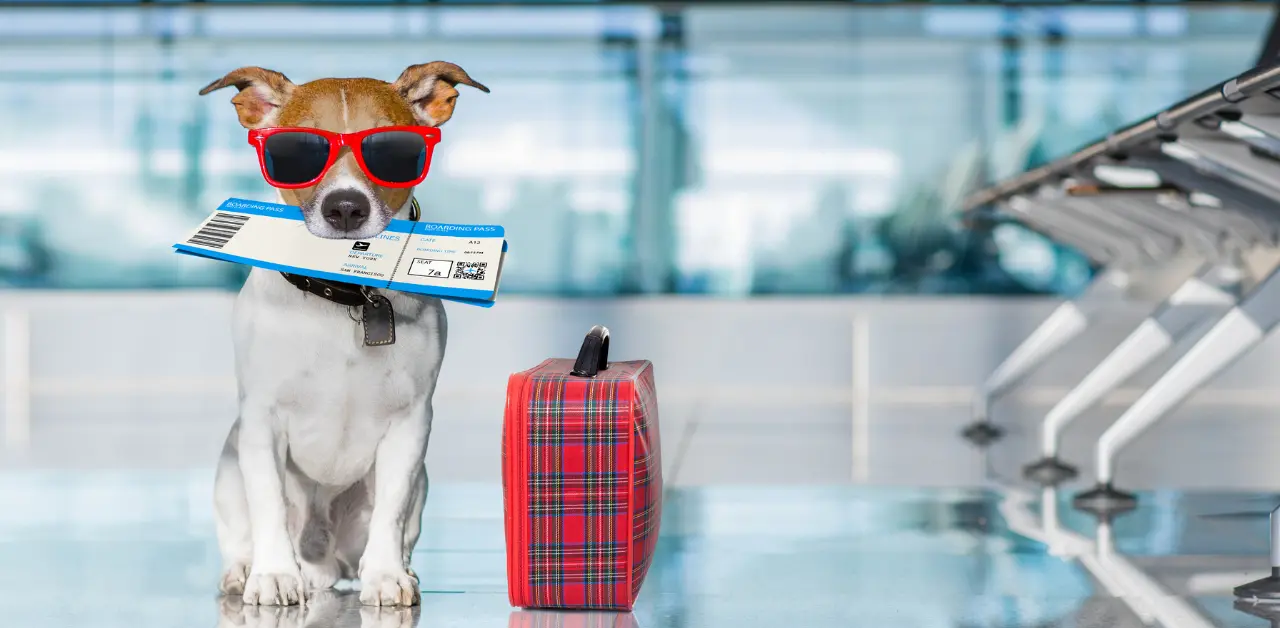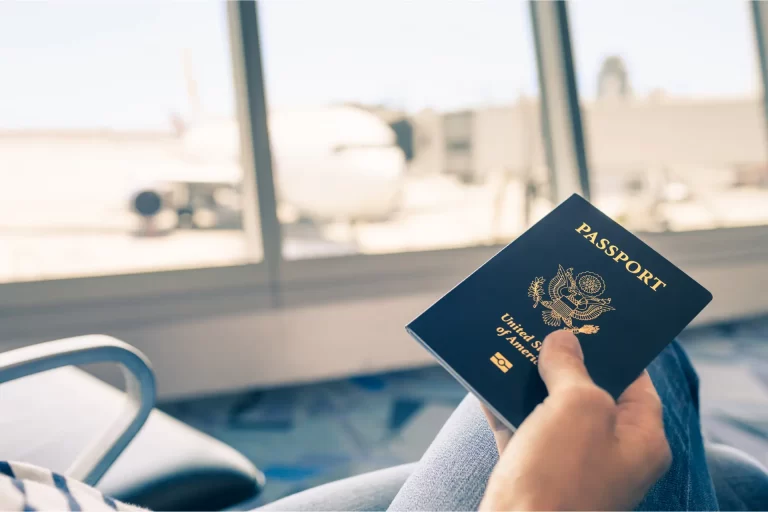Travelling internationally with a dog: Do and Don’ts
Both humans and dogs can experience stress while travelling internationally with a dog. Furthermore, there are a few crucial safety factors to consider when booking an overseas vacation with your dog. Let’s face it; taking a dog on an international flight is not enjoyable, requires a lot of work, and is unpleasant for both the person and the animal.
But travelling by air with a dog need not be uncomfortable. Even though the article focuses on travelling internationally with dogs, most of the advice is helpful for local flights with cats and dogs. It’s essential to check with specific airlines for the most recent information because each airline has its own set of restrictions.
However, the advice provided below should assist you in getting going and taking care of most of the planning. Fortunately, most dogs can travel without any problems. After the stress of the trip and a little time of adjustment, they cheerfully adapt to their new home, whether it’s a whole move or a vacation. For a successful and secure journey, you can do lots of planning in advance.
Can I take Travelling internationally with a dog safely?
If you’re considering taking your dog on a flight, you’ve probably heard horror stories about taking dogs and wondered if it’s safe. If you do a lot of research and preparation, carrying your pup in the cabin and as cargo is secure. Consider how frequently animal shelters that transfer animals between states or visitors of dog shows fly.

Due to their body mechanics, several dog breeds, such as pugs and other brachycephalic, are prohibited from flying. Check if your dog has air conditioning if it travels in the cargo. Your dog’s health depends on it. Some of the biggest safety concerns include respiratory problems and extreme temperatures (sweltering weather, when heat stroke can occur). Due to their less effective respiration than other breeds, snub-nosed dogs like bulldogs are especially susceptible to breathing problems. Because of this, several airlines won’t even take certain species on cargo flights.
Should You Take Your Dog on an International Flight?

Some dogs make great travel partners while travelling internationally, while others could function better with dog care or in a boarding facility. A pet’s parent is far more likely to take their dog when moving internationally. Some dog owners, however, decide to find their dogs a new, loving home due to worries for their safety or wellness or if it is impossible to bring them along. For instance, old or unhealthy dogs can’t travel safely.
Does travelling internationally with a dog stressful?
Your dog may experience tension throughout the trip unless they are a seasoned traveller. It makes sense because dogs travelling in cargo don’t comprehend why you remove them from you. experiencing pressure changes or turbulence, etc. The stress is typically short and follow by a brief period of acclimating to your new house.
Many dogs then go back to living their everyday lives and engaging in their favourite activities. Stress can be more of an issue for your dog if they are nervous or have a medical condition (like heart disease) where too much pressure might be deadly. If your pet is travelling in the hold or beneath the seat in front of you, talk to your vet about alternate methods to reduce their tension. Prepare them for the trip, as sedatives are often not permitted on aeroplanes for safety reasons.
Required Paperwork for International Dog Travel
- The necessary paperwork for taking a dog on an international flight with an ISO microchip (which operates at a different frequency than U.S. chips).
- Recent rabies immunization (most nations do not accept the 3-year vaccine as the U.S. does; instead, we have discovered that most countries want yearly vaccinations; a titer test may also be acceptable).
- Occasionally (if travelling from a country with a high risk of rabies), a blood titer test.
- Treatments for ticks and tapeworms you can give a particular number of hours before arrival (Norway demanded this, but most other countries do not).
- Your veterinarian must give health certifications ten days before the entrance.
- Government export documentation from the nation of origin (USDA or equivalent from the Department of Agriculture)
- If available, a pet passport; if not, paper certifications or documents, such as a rabies shot.
Do Dogs Required to Be Quarantined When Travelling Abroad?
When taking a dog on a foreign trip, the most common question is if and how long the dog will you need to quarantin. It is a popular myth that a dog must undergo quarantine when travelling with someone. Only a few nations demand quarantine. The quarantine period is usually different in countries or islands that are rabies-free.
If you come from a country with a high incidence of rabies, rabies-free countries can deny entry depending on the place of origin. It is shocking for you to find a significant risk of rabies in your area of origin. The destination may require an antibody test from a recognized facility if the origin country has a high risk of rabies. After the test results return, you must wait three months before receiving travel authorization.
Which Airlines Accept Pets at Their Best?

Pet owners who have travelled extensively have different points of view depending on their experiences. Therefore, do as much study as you can. Check internet reviews and blogs, get advice from anybody you know who has taken a trip with a pet, and get the opinion of the vet or pet shipping firm handling your paperwork. On lists of pet-friendly airlines, Lufthansa frequently comes in at the top. Of course, which airlines fly to your location and their pet laws will also influence which airline you choose. It is easy to find the number of animals hurt or killed during flights since airlines must disclose this data.
How to Take Your Dog on an International Trip with Essentials
When you are planing to travel and packing your travel capsule wardrobe ,and you are travelling with your dog. You have to take some essentials for your dog. It’s crucial to use proper restraint to prevent them from afraid and running off or when they are getting hurt. Choosing of container to use is the most critical decision. While carriers used in the cabin can be soft-sided to make slipping them under the seat easier, crates used in the cargo hold must be solid and durable.
Throughout the trip, your pet must stay in the carrier. Securely attach the name and identification of your pet to the carrier . Airlines have strict specifications for pet boxes or carriers during flights. The details of food and water depend on how your pet travels and the airline’s rules. For food and water, there are special regulations for cargo. Inquire with the airline about how often and how your dog will be fed and what supplies you’ll need to pack.
Some people advise freezing the water before adding it to the bowl so it won’t spill and will thaw over time for your dog to drink while travelling. When travelling in a cabin, your supply options can be more flexible.
Bring extra food either way so your dog can keep eating what it usually would and reduce the possibility of tummy issues. Because some nations won’t accept pet food that has been moved to another container, transport the food in its original package. For a few hours before travel, some people advise without feeding your dog to lower the risk of motion sickness. Consult your veterinarian, as certain animals may require different care.
Crates, Potty Breaks
A puppy pad or other absorbent materials are an excellent idea to put in the carrier if your pet has an accident during transport. Even some airlines demand this. Certain airports have pet relief facilities, but you should keep your dog in its carrier until you’ve gone through customs. Extra puppy poop should always be brought along.
How to Reduce Stress for Travelling internationally with a dog
Sedation usually is not permitted on flights, especially for animals travelling in the cargo hold, since it may compromise their respiration and ability to regulate their body temperature. One of the greatest approaches is to train your dog to travel in a carrier before you go. A few weeks before your departure, leave the carrier open at home, and while your dog is inside, give him goodies, extra love, or praise. Thus, they will see it as a welcoming, secure environment.
A dog pheromone product or specific vitamins may be safe solutions for stress relief that you can discuss with your veterinarian. A dog pheromone product or specific vitamins can serve as secure solutions for stress relief that you can talk about with your veterinarian. They could also suggest a motion sickness drug.


